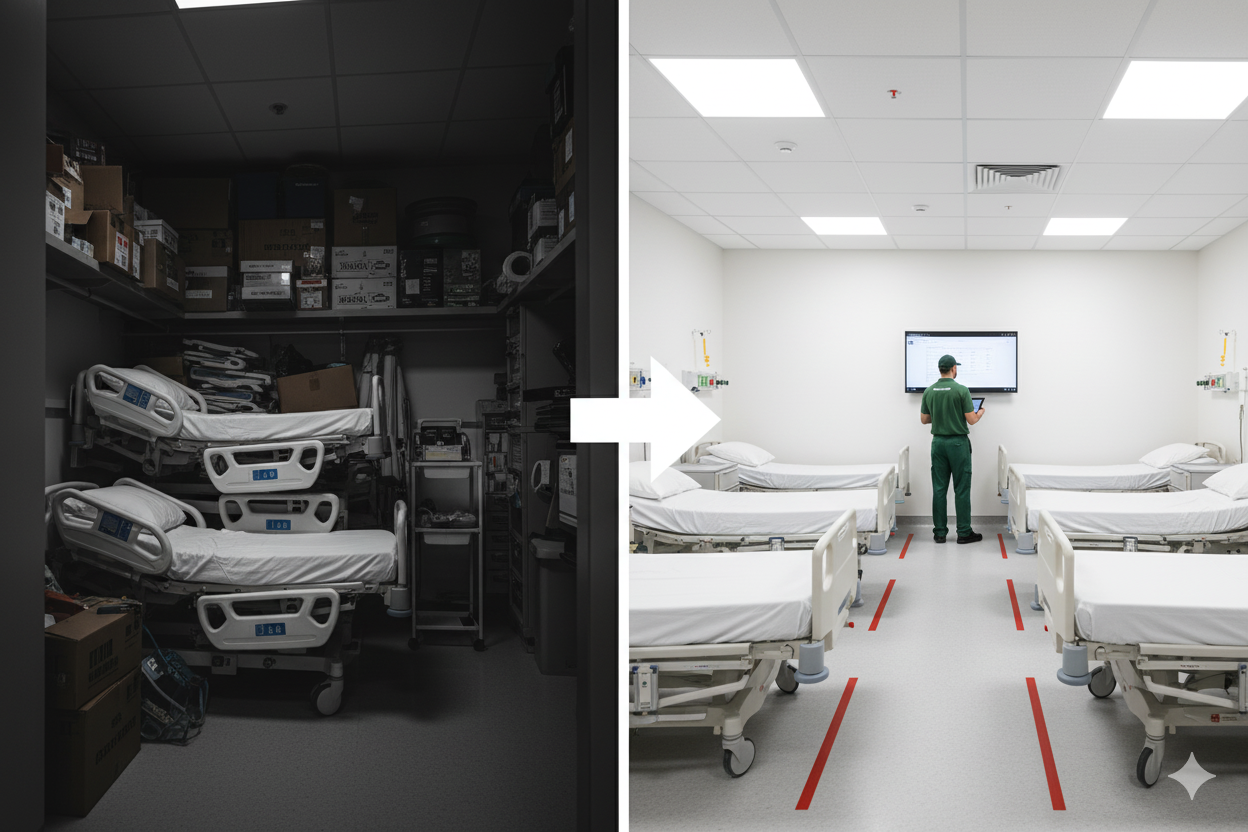
In healthcare, every delay has a cost-especially when it comes to medical equipment. While hospitals often treat maintenance reactively, addressing issues only after a breakdown, this approach can quietly drain both budgets and resources.
Nowhere is this more evident than in hospital bed maintenance.
At first glance, waiting to fix a malfunctioning bed may seem practical. But over time, this reactive strategy leads to longer downtimes, higher repair expenses, and operational disruptions that affect both staff and patients. In contrast, a preventative maintenance plan-like those offered by Emeritus—can significantly lower total costs while enhancing equipment reliability.
Let’s look at a cost comparison:
- Reactive maintenance typically involves emergency service calls, overtime labor charges, and rushed parts sourcing-all of which can inflate the final cost by 30–50%.
- Preventative maintenance reduces unexpected failures and allows for scheduled servicing, which decreases overall labor hours, prevents urgent part procurement fees, and keeps beds available when needed.
Additionally, beds fixed only after failure are more likely to suffer repeat issues, as reactive repairs often focus on symptoms rather than root causes. Over time, this increases the likelihood of equipment cycling in and out of service, disrupting patient flow and eroding trust.
Emeritus’s preventative maintenance programs are designed to eliminate these inefficiencies. By conducting regular inspections, performing condition-based servicing, and maintaining accurate records of repair history, Emeritus helps hospitals predict and prevent failures before they happen.
Hospitals that switch to preventative plans not only reduce repair costs, but also improve throughput, boost staff efficiency, and create a more stable, revenue-generating environment.
Reactive maintenance may feel like the easier option in the moment, but the long-term cost tells a different story. With Emeritus, hospitals gain more than bed uptime-they gain peace of mind and operational clarity.










